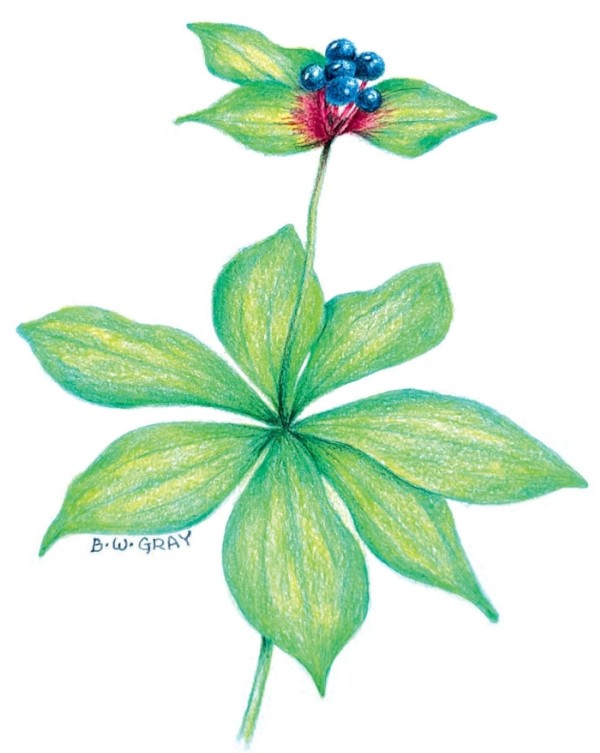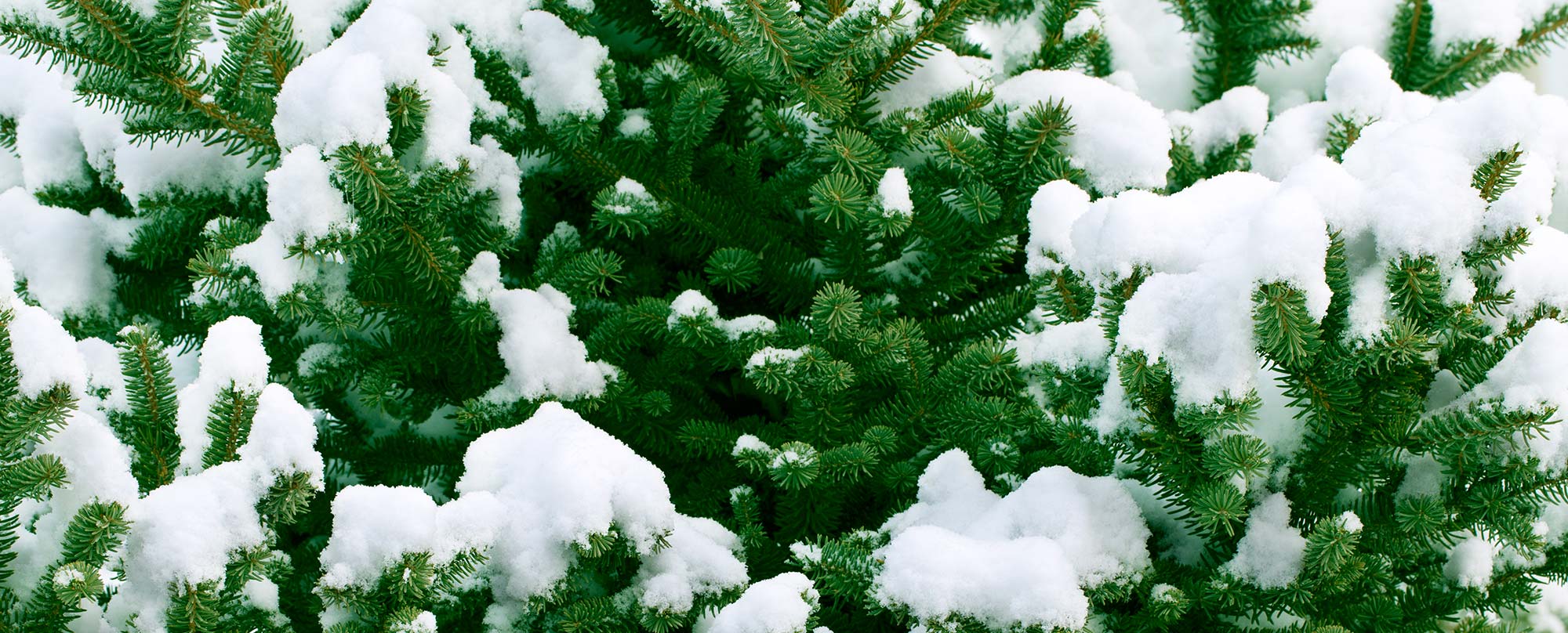
“I have never harvested Indian cucumber (shown in the illustration), despite its edibility, because I’ve never found a patch big enough.” – Ben Lord
Illustration by B.W. Gray
Years ago, a well-meaning woman admonished me for picking common milkweed because “the monarchs needed them.” I knew that monarch caterpillars relied on milkweed species as their only food source. I just didn’t think that cutting a dozen young shoots would do any harm. But that woman had me second-guessing. Maybe I was hurting the butterflies. I was so nervous about it that I didn’t harvest milkweed for the rest of the season.
With so many stakeholders to consider – other people, the plants themselves, wildlife – the etiquette of foraging can be tricky. When I started, I wished I’d had some guidelines. In this column, I’d like to address some of the questions I had as a novice forager.
I know I shouldn’t gather rare or endangered plants. But how do I know which ones are rare? Which plants can I responsibly harvest?
States maintain lists of plants that are rare or endangered, accessible through a simple web search. The Native Plant Trust is also a good source, if you are foraging in New England. However, many plants that people forage are abundant, even weedy. I spent several seasons as a rare plant monitor, visiting sites in Vermont and New Hampshire, and the only population of rare plants that faced a threat from foragers was American ginseng. Some plants are sensitive to overharvesting, but it’s usually okay to gather them if you are careful about how you harvest.
Then how should I harvest?
First, watch your step. One of the biggest threats foragers pose to native plants is trampling the ones they aren’t gathering. Second, many wild edibles are invasive. Be careful that you don’t accidentally spread them, especially by disposing of seeds or rhizomes. Third, gather no more than you need. If you’re not sure of your impact, gather fewer.
Some foragers recommend taking no more than 5 or 10 percent of a given plant population, but there is nothing magic about these numbers. As with other foraging considerations, species and context matter. Think about which part of the plant you gather, and whether other foragers are likely to harvest from that site.
You can usually harvest the berries of perennial plants without limit but should be sparing in harvesting annual plants’ berries as they represent these species’ only opportunity to regenerate. Likewise, most commonly foraged nuts and seeds need few restrictions.
Take more care when gathering leaves and shoots of plants. If I am the only forager harvesting these from a plant population, even for an abundant annual species, I limit my foraging to about a quarter of what’s there. The greatest care needs to be taken when harvesting roots or tubers. In the case of wild leeks, for example, I try to take so few that no one would even notice the difference in a before and after photo of the place where I harvested. I have never harvested Indian cucumber (shown in the illustration), despite its edibility, because I’ve never found a patch big enough.
Where can I forage?
Country roadsides are widely considered to be “commons,” and I seldom ask permission to forage there. (However, that would not be the case in a suburban neighborhood.) For privately owned land, including land where owners permit public access, you should always ask for permission to forage. It can feel awkward to knock on a stranger’s door and ask to pick their plants, but it is much more awkward if they find you picking their plants without permission. Besides, for weed species, few people will mind. You’re often doing a chore that would otherwise fall to them.
Surprisingly, it can be harder to forage on public lands than on private ones. Regulations are often confusing and sometimes contradictory. When this is the case, staff can be reluctant to give a clear yes or no. So, I ask for the land’s written policy.
Keep in mind that just because permission is granted, that doesn’t mean foraging is safe. Avoid areas that might be contaminated by herbicides, hazardous waste, or heavy metals.
What if I make a mistake?
There is much we don’t know about the impacts of foraging. There are few studies on the subject, and guidelines always have exceptions. In light of this, we are bound to make mistakes, even when we do our best not to. When those mistakes happen, it behooves us to be humble – admit our error, make reparations if we can, and learn to do better the next time.

